Puako study simulates marine ecosystem management strategies
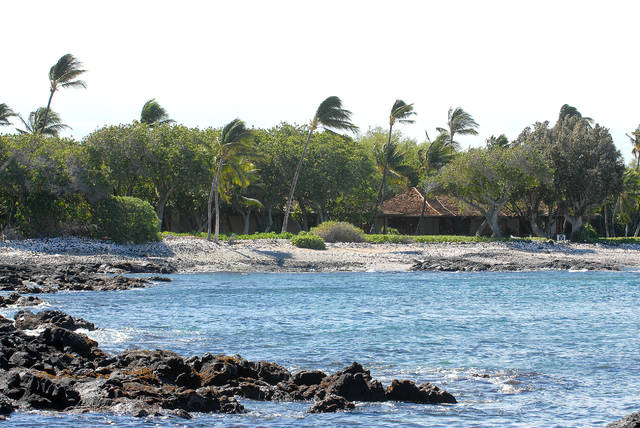
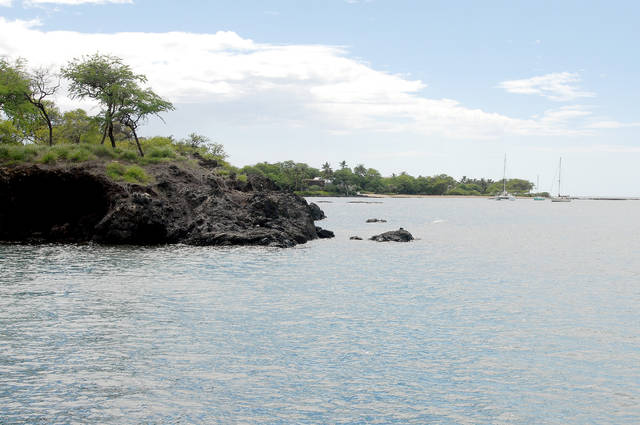
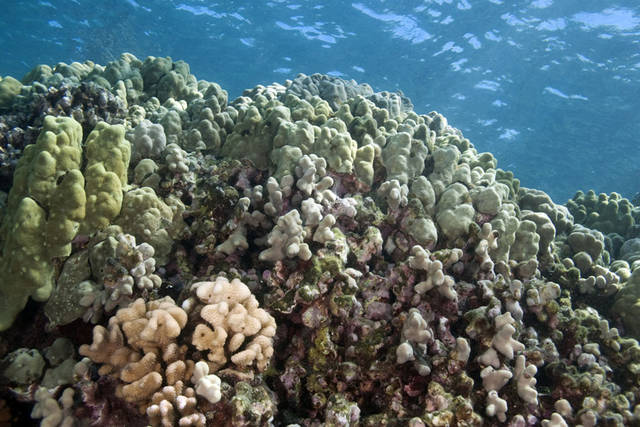
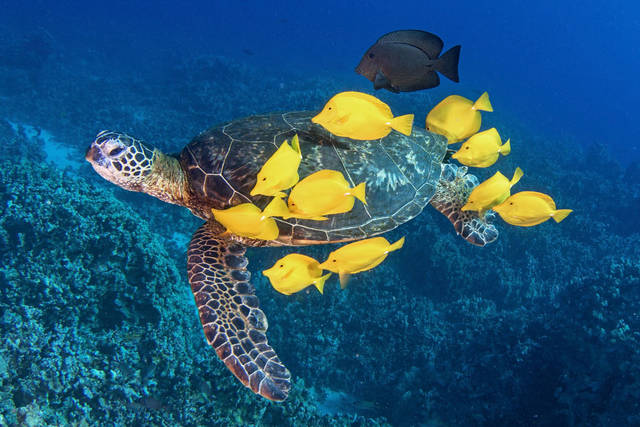
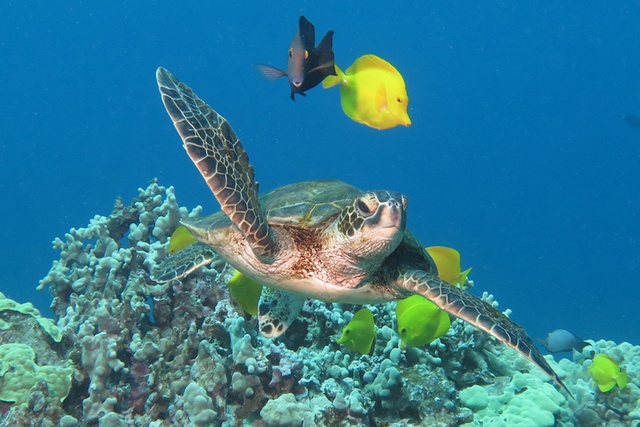
KAILUA-KONA — For the tourism industry, coral reefs are an attraction. For fishermen, they’re a place of business. For a variety of marine species, they’re home.
KAILUA-KONA — For the tourism industry, coral reefs are an attraction. For fishermen, they’re a place of business. For a variety of marine species, they’re home.
Despite varying definitions, one common thread prevails — coral reefs and the marine ecosystems constructed around them are an integral part of the environmental, economic and cultural lifeblood of Hawaii.
Since the catastrophic bleaching events of 2014 and 2015, Hawaii’s Division of Aquatic Resources (DAR), a branch of the Department of Land and Natural Resources, has been engaged in research on how to better manage these precious and waning resources.
To that end, a recently published marine ecosystem study conducted at Pauko in South Kohala simulated a variety of management strategies to gauge their effectiveness for three ecosystem services — ecosystem structure and resilience, dive tourism and fisheries. The study, “Evaluating management strategies to optimise coral reef ecosystem services,” was published Feb. 19 in the Journal of Applied Ecology.
The study, conducted by researchers from the National Oceanic and Atmospheric Administration in conjunction with DAR and The Nature Conservancy, came to one resounding conclusion — the management scenario now employed in Hawaii’s nearshore waters is not only insufficient to replenish Hawaii’s marine ecosystems already in unprecedented peril, but also insufficient to curb current declines.
Mariska Weijerman, NOAA affiliate and lead author of the study, said six different management scenarios were simulated: no change in management, reduced fishing, reduced land-based pollution, no fishing of herbivores, line-fishing only and marine protected areas.
“Results suggest that a combination of reducing land-based sources of pollution … and allowing only line-fishing seems to be generating the most balanced trade off between different stakeholders,” she said.
Weijerman’s job was the science, she explained, which can inform management decisions that fall to DAR.
Bruce Anderson, DAR administrator, explained why the study will be uniquely valuable as the state pursues its “30 by 30 Oceans Target,” a commitment to effectively managing 30 percent of nearshore waters by 2030 — a goal intended to preserve reef productivity on which so many species, including humans, rely.
“This is really one of the first attempts to try to find a scenario that achieves some balance between stakeholders,” he said.
Keeping everyone’s interests in mind is a difficult task, Weijerman explained, as stakeholders’ needs don’t just vary but actually compete directly with one another, from fishing to diving to snorkeling to environmental protection. It’s a discussion about “conservation vs. extraction,” as she put it.
Anderson said that based on the results of the study, allowing only long-line fishing appeared a quality approach and “certainly deserves further evaluation.”
He stressed, however, that no decisions will be made immediately, adding DAR plans to hold “scoping meetings” to gather input from stakeholders before digging into the Hawaii Administrative Rules process to implement a shift in management.
One thing is for sure, though. Management changes are coming.
“We are aggressively pursuing a statewide plan to better manage our resources, and the time frame on that requires that we have a plan together by the end of this year,” Anderson said. “Recognizing it will take some time to go through rule making, we can’t simply wait until we have this plan completed.”
“We are going to be pursuing various management options before then,” he continued. “These are options that we think will fit well into the plan and shouldn’t conflict with other managed areas.”
Beyond West Hawaii, Anderson also listed West Maui, Kaneohe Bay, Oahu, the north shore of Kauai and possibly the south shore of Oahu as other areas where DAR intends to aggressively pursue new management strategies.
The same strategies will not necessarily be employed from one sit to another, Anderson said.



“Results suggest that a combination of reducing land-based sources of pollution … and allowing only line-fishing seems to be generating the most balanced trade off between different stakeholders,” she said.
Spear fishermen better be worried. The article does not state if spearfishing falls under the definition of line fishing. You may be outlawed. Opihi pickers may also be outlawed because they are not using a line.
Sorry if you use a net or trap of any kind. Your fishing method will be outlawed. Fishermen using all methods of harvesting better unite and push back against this power grab. They are picking you off one at a time. Good Luck in your struggle for ocean access.